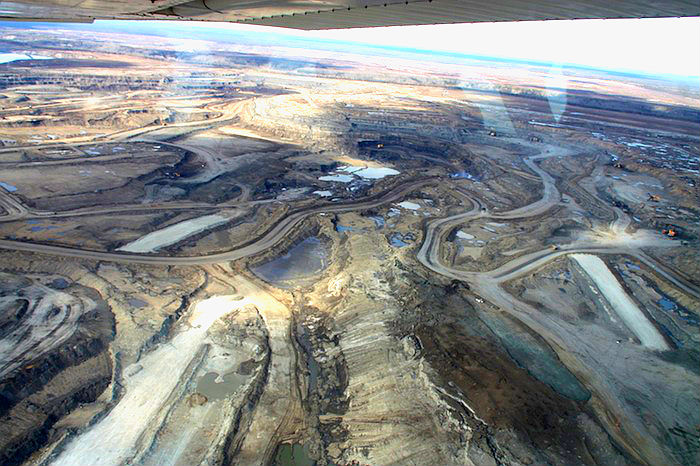In April, 2011, a small aviation outfit out of Fort MacMurray flew me and a few others over the open-pit mines and tailings ponds of Alberta’s oil sands. The trip was eye-opening.
A passenger, optimistic, enthralled with the scale of industry taking place in the are, said something to the pilot about how amazing it must be to live amid such an economic boom. For those without a blinding passion for money or oil, Fort MacMurray may not be so great. The pilot’s answer echoed this, and my time as a reporter in the close-by community of Lac La Biche did the same.
There is strong opposition to the oil industry. There is strong opposition to the environmental degradation caused by open-pit mining. And there is strong opposition to the harm done in unskilled labourers making large sums of money.
An environmental report card released Tuesday said Canada’s oil industry has increased its greenhouse gas emissions by 21 per cent since 2008. This, despite Alberta’s attempts at lessening them. A large share of the country’s oil emissions come from the oil sands, where extraction is often unconventional and energy-heavy.
It’s not all a scourge, what’s happening in the oil sands. Some companies are doing what they can to ensure their impact isn’t permanent. And many who choose to live in Fort Mac do so with a genuine interest in what’s going on there. And there is a lot of interesting, cutting-edge science and mechanics at work in the area.
***
Below is a three-minute video of the flight over Suncor and Syncrude. It’s shaky at first, but gets better at around the two-minute mark.
[youtube url=”http://www.youtube.com/watch?v=1BOjkcGO3iA&feature=youtu.be” width=”500″ height=”300″]
The photos below were taken from the small plane that flew us over the mines north of Fort MacMurray:













___
Toban Dyck likes oil. He couldn’t farm 1,200 acres of wheat and beans without it. But he also likes the environment. He couldn’t farm 1,200 acres of wheat and beans without it.
For more follow @tobandyck or @spectatortrib
